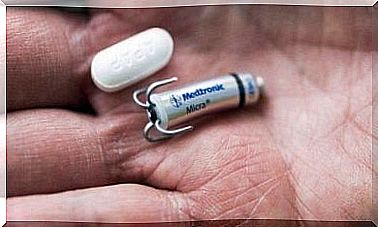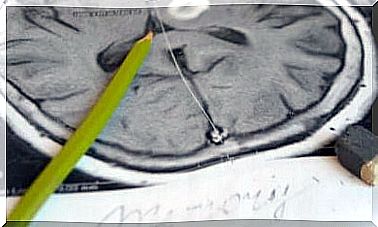What Is Aerosol Therapy? Get The Answer Here
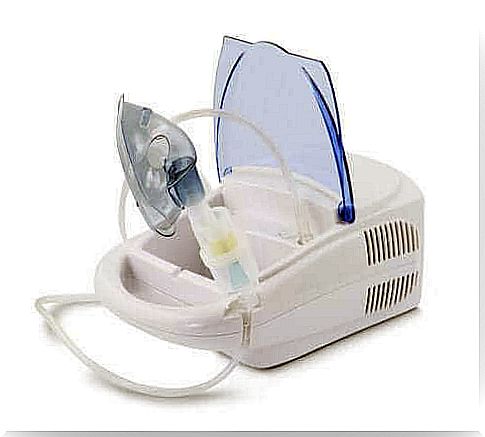
Aerosol therapy is a treatment system that allows the administration of substances or drugs in the form of aerosol through inhalation. Doctors use nebulizers as devices to administer these treatments. Overall, these devices can convert a liquid into aerosols. Thus, they create a fine vapor that the patient can inhale.
Indications for aerosol therapy
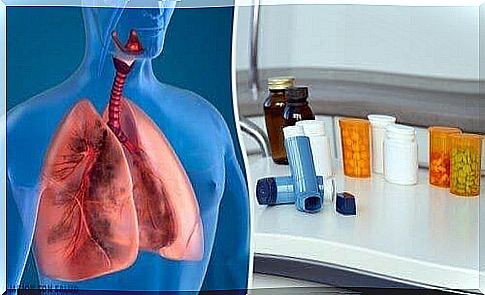
Overall, the most common indication is administration of bronchodilators in patients with asthma and COPD. However, it is also used in the treatment of other diseases. These include cystic fibrosis, HIV and bronchiectasis.
Medications that can be administered
With aerosol therapy, medical professionals can administer:
- Bronchodilators or medications with corticosteroids.
- Mucolytics to help excrete mucus.
- Substances such as saline solution that make the secretions more fluid.
- Antibiotics to treat lung infections directly.
The benefits of aerosol therapy
Overall, the primary benefit of aerosol therapy is that it allows for the administration of substances or medications so that they can come into direct contact with the affected area of the airways. A fast effect is therefore obtained with lower dosages.
In addition, it typically has fewer side effects than systemic administration. After all, it introduces the substance or medicine directly into the bronchi. Factors that determine the deposition of a nebulized substance in the airways are the size of the particle.
Depending on the type of atomization, however, there may be remarkable differences in the size of the particles and the velocity and dispersion of the vapor.
Here are the factors that depend on the patient:
- Age
- The pattern of inhalation
- Condition of the lungs
Risks and complications
Overall, some of the complications that can occur include:
- Cramps in the bronchi. The bronchi become inflamed and constricted. This causes coughing and difficulty breathing.
- Infections due to contamination.
- Palpitations or increased blood pressure.
- Retention of carbon dioxide, which is typically excreted through exhalation.
Administration of aerosol therapy
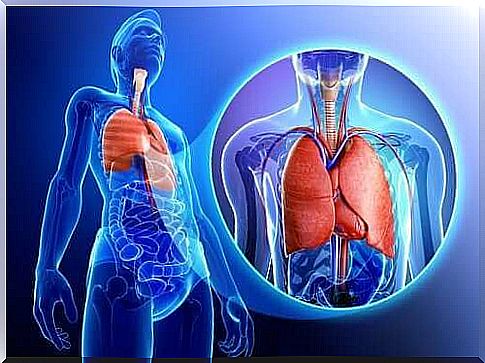
Patients must use nebulizers correctly. Otherwise, they will not be effective. It is also very important that the type of nebulizer that the patient uses is appropriate for the substance or medication needed to treat the disorder.
The medicine can be administered with a face mask in patients suffering from extreme fatigue or shortness of breath. They can also do this when it is not possible to use a conventional inhaler. Often, this is the case in elderly or acutely ill patients.
The patient or medical professional must prepare the medicine properly. One must also have the necessary materials. In addition, one should wash his hands thoroughly. For proper use, follow the instructions for the machine and use the exact dosage of the medicine.
However, if your treatment includes different medications or substances, take them one after the other in this order:
- Brocodilators and / or corticosteroids.
- Substances to make secretions liquid.
- Respiratory physiotherapy. To mobilize and secrete secretions.
- Antibiotics to treat bronchial infections.
However, be sure to talk to a doctor if you have any questions about this.
It is advisable to perform aerosol therapy while sitting down. Do this with your back straight and your head tilted back. That way, you can prevent the steam from entering unwanted areas. Lastly, clean and disinfect the machine and materials after each use.
Types of atomizers
Overall, there are three basic types of nebulizers.
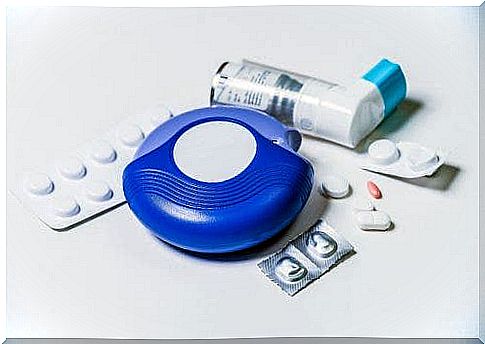
- Ultrasound. The steam is produced by vibrating a piezoelectric crystal. However, they are only suitable for atomizing water and saline solutions at different concentrations.
- Ray. These consist of a nebulization chamber, which creates a vapor with an air flow. Overall, they are suitable for nebulizing bronchodilators, anti-inflammatory drugs, saline solution of various concentrations, mukolytka and antibiotics.
- Vibrating net atomizer. The vapor is created by passing the liquid to be atomized through the holes in the net. Overall, it is perfect for nebulizing antibiotics. This is because they provide a greater deposition in the lungs and less loss of medication.
Conclusion
For effective treatment with aerosol therapy, you should generally follow your doctor’s instructions.
If you need to use several medications, take them one after the other carefully. One must also be very careful and clean and disinfect the nebulizer. Likewise, it is equally important to practice proper oral hygiene. It helps to remove any remnants of the medicine.


